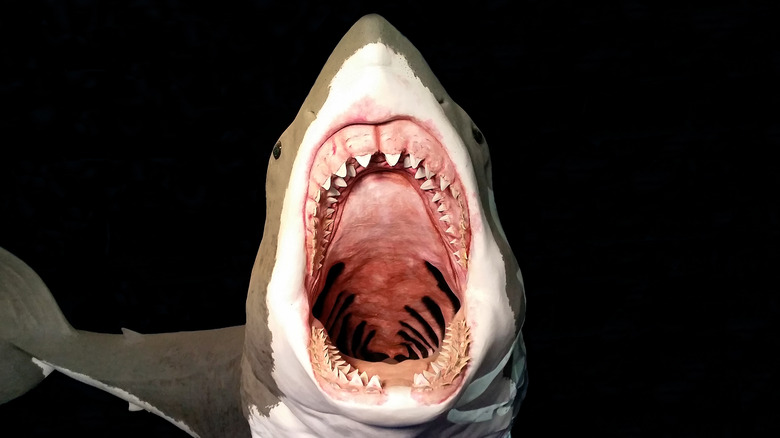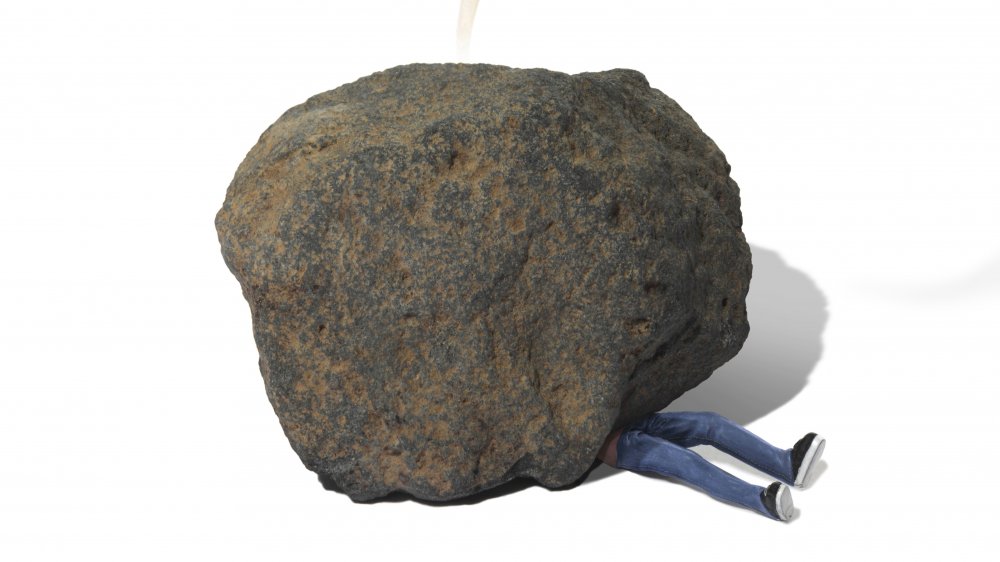
The World’s Longest Living Animals
Humans enjoy a relatively long lifespan compared with many of Earth’s creatures, yet some live just as long. And, what you might not know, some animals outlive us, by a lot. Let’s take a look at Earth’s exceptional creatures, those that reign over us in at least one capacity. Here is our list of the world’s longest-living organisms. Meet our evolutionary superiors.
Greenland Shark
The Greenland shark can live several centuries. Several centuries! It’s worth repeating. Consider: This fish, on average, is already twice as old as the United States. It’s an ocean dweller that can survive to be more than 500 years old. As a point of fact, one Greenland sharks have been tracked to live 512 years. This means the specimen hatched in the 1500s! It’s absolutely mind-boggling.
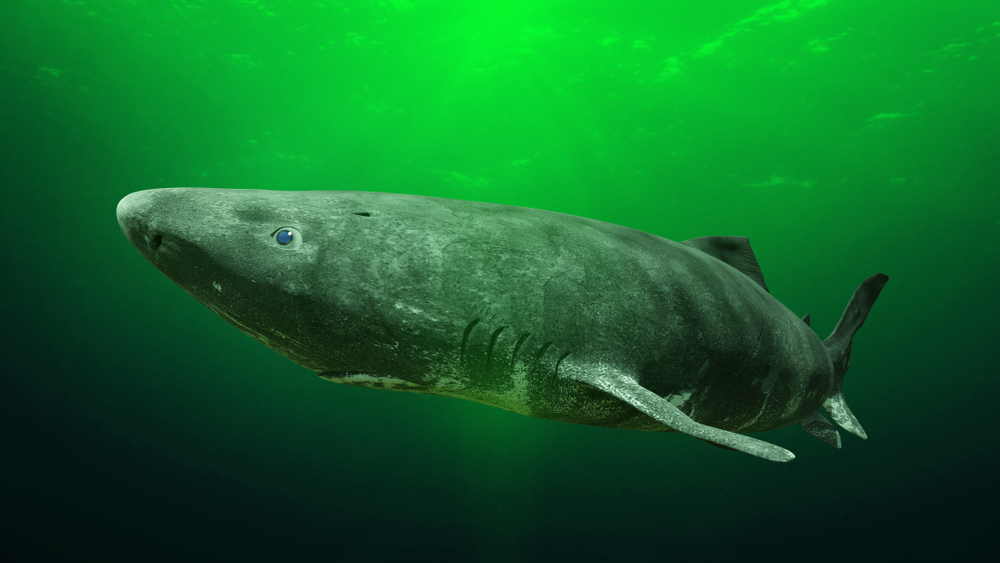
The Greenland shark (Somniosus microcephalus) is also known by common names such as the gurry and the grey shark. The species is native to the Arctic and North Atlantic and can grow to the amazing length of 24 feet long. Don’t try to lift it without a crane, they can weigh up to 2,600 pounds! But you probably won’t see it because it’s a bottom dweller that lurks deep beneath the surface where it devours everything in its path. It has no natural predators. This contributes to the fact that the Greenland shark is the longest-living vertebrate known.
Elephants
Not only do elephants have a long lifespan, they are also incredibly intelligent. There’s a reason they have been the main attraction at circus shows time out of mind. They can identify languages, use tools and show empathy. The 2,000-pound animals have longer lifespans in the wild, as much as twice as long. On average, elephants live 60 to 70 years. In a zoo, on the other hand, they are usually dead by 30. In the wild, elephants enjoy grazing on expansive fields in large communities. Luckily, captivity conditions are improving.
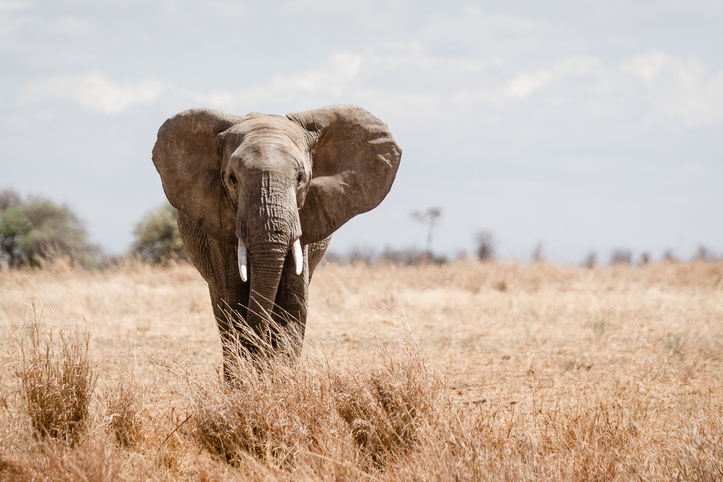
Lin Wang, an elephant at the Taiwanese zoo lived to 86. The world’s oldest, Dakshayani, an Indian elephant in captivity, lived to 88. Dakshayani died in February 2019. Poachers kill about 100 elephants per day. They are killed for their ivory tusks. The beasts are at risk of extinction, even though man is its only natural predator. Elephants (Elephantidae proboscidea) have existed since the Paleolithic period. There are, however, subspecies. The African bush elephant (Loxodonta Africana), the African forest elephant (Loxodonta cyclotis) and the Asian elephant (Elephas maximus).
Sablefish
If you’re looking for seafood that is higher in Omega-3 fatty acids than the wild salmon, this is your fish. Also called butterfish, the soft texture of a sablefish will flake off in velvety white pieces that will melt in your mouth. It’s also perfect for smoking, and even for sushi.
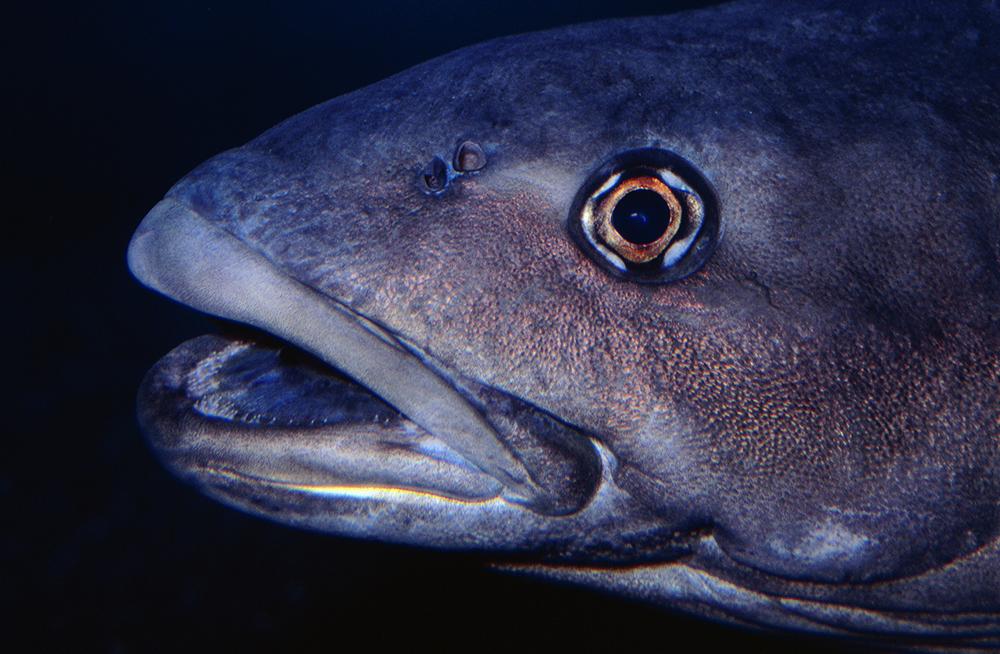
Sablefish can be found deep in the North Pacific. They grow up to three feet long, weigh 69 pounds and reproduce at around 6 years of age. Sablefish are a commercially significant catch for Japan. Since the ’90s it’s been considered a sustainable fishery and has been under management for conservation. These fish have very long lifespans. A sablefish can easily live into its 90s. The oldest recorded age is 94, but it might live up to 114 in the wild.
Pink Cockatoo
This bird, also called the Major Mitchell cockatoo, named after the Australian explorer and surveyor who admired the bird in the 1800s, is found widely across inland areas of Southeast Australia. The striking pink cockatoo is also known as Leadbeater’s cockatoo and the chockalott, but its scientific name is the same, Lophochroa leadbeateri. The pink cockatoo has the unique distinction of being the noisiest of all parrots, its screeches can be heard a mile away. This bird has a long lifespan. In captivity, they live 75 years, with an average lifespan of 40 to 60 years. Cookie, the famous Chicago-area zoo cockatoo, was the oldest parrot in the world when it died in 2016, at the ripe old age of 83.
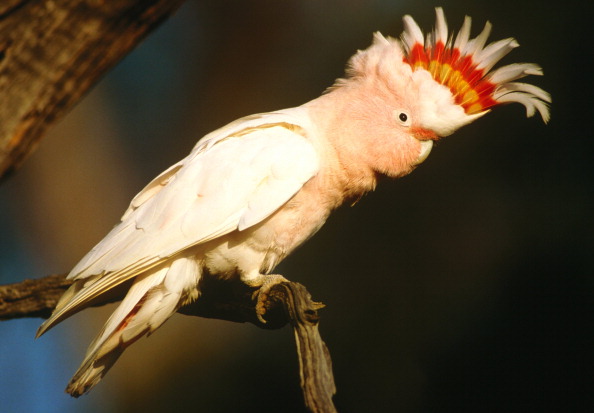
These birds are very social and require a lot of attention and socialization, whether it’s with feathered friends or humans. They love to chatter and are a popular pet. The male’s bright salmon-colored crest, which rises like a plume on the top of its head, makes it one of the most beautiful cockatoos. They use it to show alarm or attract females. At 3 or 4 years of age, cockatoos pair up and produce 2 to 5 eggs that hatch in about a month. They nest once a year and remain monogamous throughout their lifetime.
The Immortal Jellyfish
Not only can this tiny blob of transparent tissues outlive humans, it can actually live forever. If that’s not humbling enough, consider the fact that the immortal jellyfish has developed a genetic mutation that allows it to trigger itself back to a time when it didn’t have a physical wound, for example, like a self-repair feature that makes it young again. If they live forever, how do they die? Apparently, the only way the immortal jellyfish dies is by disease or by being consumed in the food chain. There are a lot of mysteries surrounding this biological anomaly.
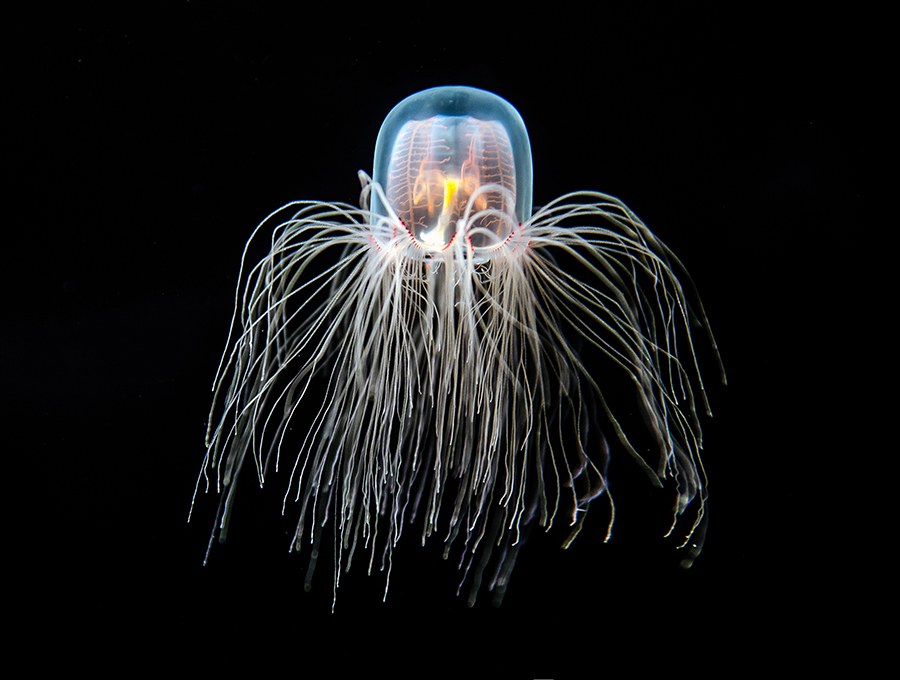
The critter, smaller than a quarter-inch, does not have a brain or a heart, however, it has more. The secret to immortality. You can be sure scientists are busy, at this very moment, studying the regenerative abilities of the jellyfish. Native to the Caribbean and Mediterranean Seas, the immortal jellyfish (Turritopsis dohrnii) is also found in the waters of Japan. Another common name for the jellyfish is the medusa.
European Pond Turtle
This turtle is found throughout southern and central Europe, as well as West Asia and North Africa. The European pond turtle (Emys orbicularis) can live for 100 years, but its lifespan is generally 40 to 60 years. They are classified as “near threatened” due to habitat loss and pollution, but they have a wide distribution over the continent.
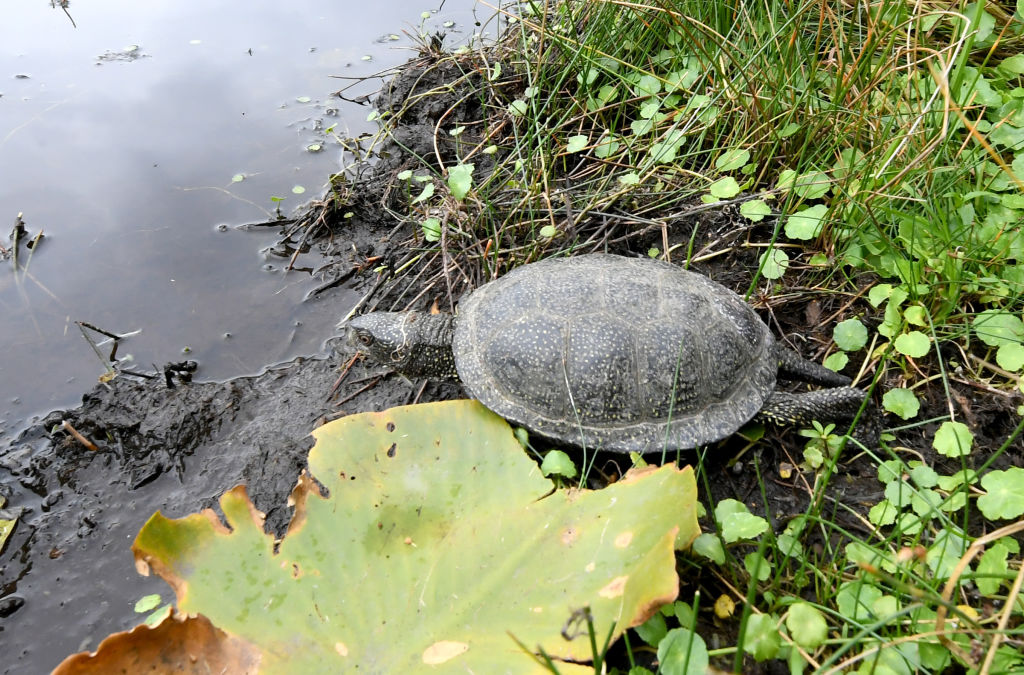
European pond turtles enjoy basking in the sun on rocks or logs and preying on insects, snails, frogs, fish, and salamanders. Their webbed feet make them great swimmers and they will jump in the pond and swim off at any threat. They fear wild dogs, coyotes, carnivorous birds, and humans. Hatchling and their eggs are very susceptible to predators like herons, raccoons, bears, king snakes, foxes, cats, and cormorants.
Bowhead Whale
A bowhead whale (Balaena mysticetus) is one of the longest living mammals on the planet. Known to live 100 years, these Alaskan natives can survive for more than 200 years. Recently, one was found with a harpoon wound that dated back to 1880s.Bowheads have notoriously thick skulls. Their massive head is used to break through large planks of sea ice. Their overall size is also notable. They can grow to over 60 feet in length and weigh 100 tons!
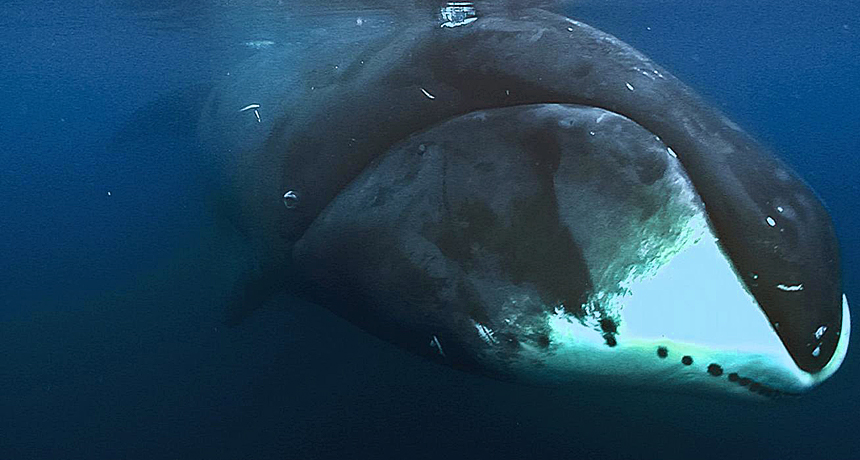
What else weighs 100 tons? The Space Shuttle. They are covered with a thick layer of blubber to survive their frigid habitat. That insulating layer of fat is an amazing foot-and-a-half thick. Bowheads were whaled commercially from the mid-1700s to 1966 when a worldwide moratorium on whaling went into effect. Bowhead whale fun fact: bowheads do not have a dorsal fin on their back.
Andean Condor
This bird can live for a long time. The oldest recorded Andean condor (Vultur gryphus) was 72 years old before it died, and had its age recorded in the Guinness Book of World records. It went down as the longest living bird, ever, of any bird variety. In 1983, this seemed to be the truth, but several species of parrot have been reported to live over 100 years.
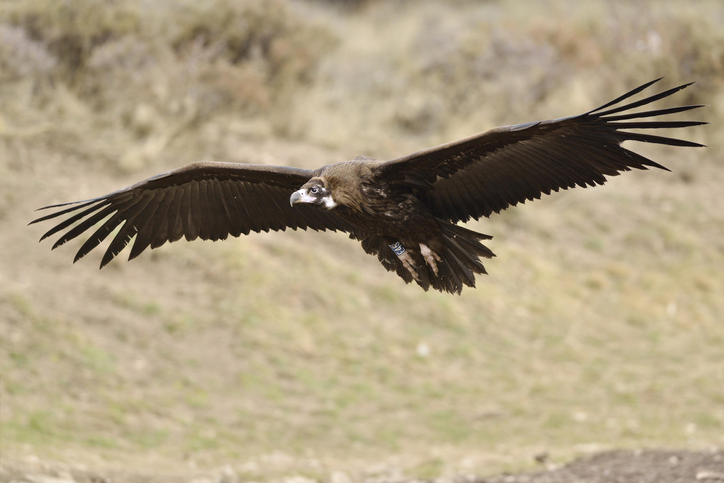
The Andean condor is enormous. It’s considered the world’s largest flying bird with a wingspan that stretches out wider than 10 feet. The condor is a large black vulture with a bald, featherless head and neck, and it can weigh up to 33 pounds. For food, it prefers large carcasses of cattle, or deer and eggs, but, as a scavenger, it devours any rotting flesh it can find. The South American Andean condor, which is found primarily in the Andean Mountain ranges of Argentina and Chile, is a threatened species, but it’s not “critically endangered,” like the California condor is.
Rougheye Rockfish
A Rougheye rockfish will also outlive you, by at least a century. Since a Rougheye Rockfish (Sebastes Aleutianus) can live up to 205 years, it will outlive most other species, no contest. But, if you catch one and savor its light delicate flavor, mild with a slight trace of sweet, you will definitely outlive a Rougheye rockfish.

The Rougheye is also known as a Red Snapper and a Rock Cod. Like most rockfish of the genus Sebastes, it only grows to 38 inches in length with a maximum weight of 14 pounds, despite the astoundingly long lifespan. The Rougheye can be found from the deep waters off the coast of Japan to San Diego. They feed on shrimp, crab, fish and amphipods. The Rougheye gets its name from the distinguishing jagged spines found on its lower eyelid.
Albatross
Albatross are sea birds that can live 60 years, possibly 100. Most of their lives are spent flying over the oceans of the Southern Hemisphere. They can also be found near South America, Australia, South Africa and South America. Albatross, from the Diomedeidae family, are exceptional birds that can fly 50 miles per hour, go years without touching land, and have a wingspan that stretches up to 12 feet in width. Its wingspan is larger than any living bird.
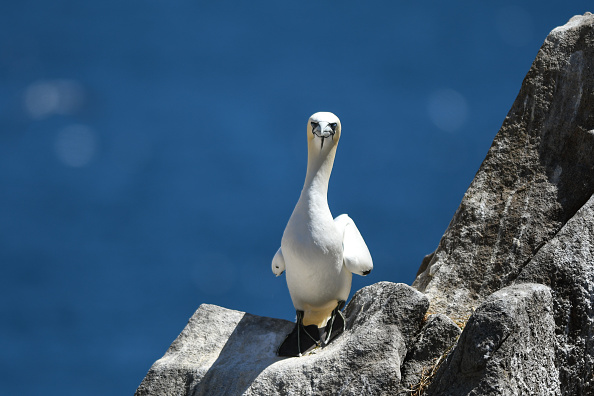
Being the only land creature to live out at sea, albatross caught the imaginations of 17th and 18th century seamen who believed they carried fresh water or else felt, superstitiously, that it was bad luck to kill one. The albatross was immortally branded by Coleridge as a guilt symbol, a burden, “an albatross around one’s neck.” Today, out of the 21 species of albatross, most rank from “threatened” to “endangered.” Three albatross varieties are “critically endangered.” Many conservation groups are working toward saving these magnificent birds.
New Zealand Longfin Eel
The New Zealand Longfin eel is a prehistoric species that has managed to exist for 65 million years. (But will it survive humans?) Though they grow slowly, only 1 to 2 centimeters a year, they are the world’s largest eel and can weigh up to 50 pounds. At that gradual growth rate, it takes the eel 20 to 60 years to reach maturity, but they can live for 100 years! The record age for a New Zealand Longfin eel (Anguilla dieffenbachii) is 106 years old. The eel is a freshwater species, although it spawns out at sea. It only happens once. They leave their freshwater habitat one time in their lifespan, swim thousands of miles out to sea to Tonga where the female deposits its eggs, all 20 million of them.
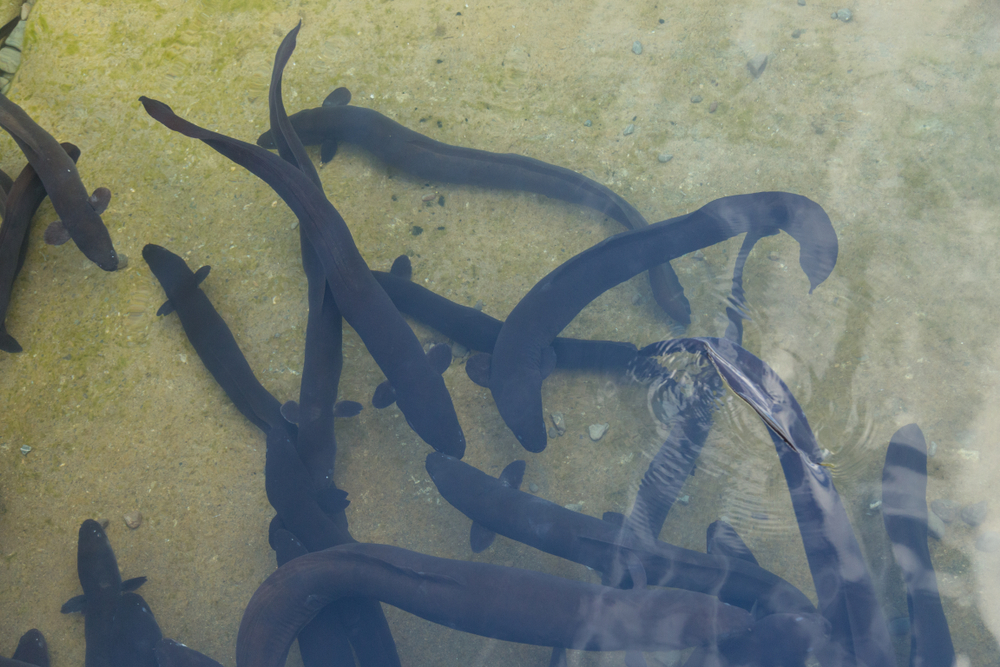
Once the male fertilizes, the larvae drift back toward New Zealand. The spawning eels don’t head back. Apparently, the eel puts off spawning for so many years because after laying its eggs it dies. The eels which look like elongated fish have been declining in numbers and are considered an endangered species. A fishing ban is in effect to preserve the ancient Longfin eel. The Maori, an indigenous New Zealand people, have long celebrated the Longfin eel as a good luck charm and as a food source.
Telescope Cardinal
This deepwater fish can live to be 104 years old! It’s a smallish fish, growing only to 30 inches, but what it lacks in size it makes up in longevity. And it’s kind of cute. It’s got large buggy eyes, a split dorsal fin, and is decorated with purplish-brown and black iridescent scales.
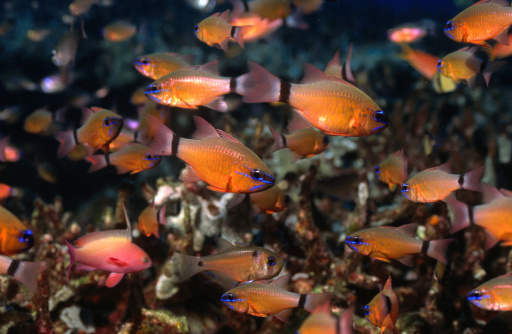
Feel free to fish the telescope cardinal. In 2012 they were designated globally as “least concern.” However, as bottom dwellers, mercury levels in telescope cardinals have been recorded at well above acceptable levels.
Aldabra Tortoise
Aldabra tortoises live a very long time. As one of the world’s longest-living animals, some Aldabra giant tortoises live well into their 200s! Adwaita, an Aldabra tortoise that four British seamen brought back in the 18th century, lived at the Calcutta Zoo until its death, in 2006. This tortoise is thought to have lived 255 years. That means it would’ve hatched in 1750.
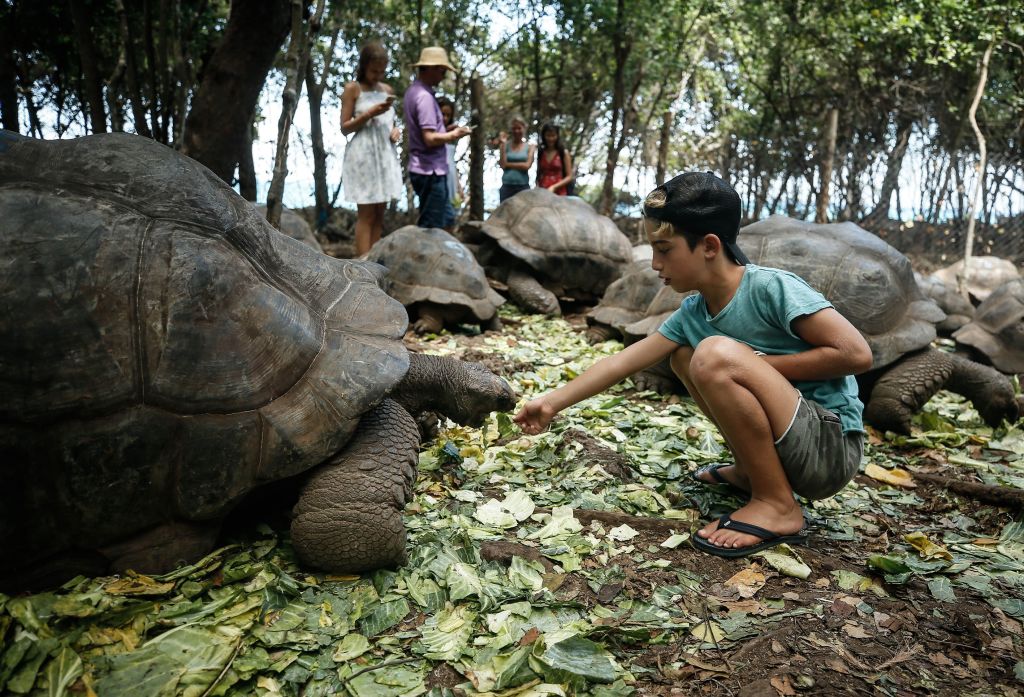
Another amazing trait of the Aldabra tortoise is their massive size. Second only to the gigantic Galapagos tortoise, the Aldabra can easily grow to 550 pounds, but average out around 250 pounds. The Aldabra giant tortoise (Aldabrachelys gigantea) is native to the Indian Ocean. They can be found roaming Aldabra Island, one of the Seychelles islands located northeast of Madagascar. This tortoise has a super long neck, like the similar Galapagos tortoise, and loves to graze on leaves. As herbivores, they also enjoy berries, flowers, fruits, and cactus pads. They don’t reach mating age until 30 years, and the female will lay about 25 eggs after mating. Four to eight months later, tiny hatchlings break through their shells.
Red Sea Urchin
This shore dweller lives a quiet life clinging to rocks and coral, waiting for the waves of the sea to bring in its food. It can and does move, very slowly. It’s a small prickly specimen, so, as it will not have time to move out of your way, you’d do best not stepping on it. Its entire body is covered in sharp spines. Luckily, it comes in bright red and orange colors to help you avoid it. The red sea urchin (Mesocentrotus franciscanus) lives in the Pacific Ocean on the shores of Baja California up to Alaska.
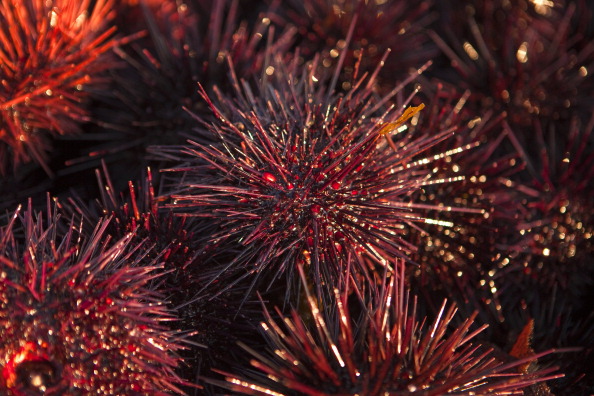
A sea urchin can definitely outlive you. It’s one of Earth’s longest-living animals. It’s common for an urchin to live to be 100, but some are 200 years old, and they don’t look a day over 50. They grow very slowly and hardly age. Sea urchins never stop reproducing, it’s like they don’t have an old age period. Also, they can regenerate broken spines and its tiny rows of suction-cup tube feet that help it move and adhere to rocks. Underneath, on its belly, is the sea urchin’s mouth, which scrapes seaweeds and algae from low tide sea surfaces.
Finback Whale
Like a blue whale, only fifty tons lighter, the finback whale makes a human look like a telescope cardinal swimming next to it. The finback whale (Balaenoptera physalus) is the second-largest species on Earth after the blue whale. As a baleen giant, a unique fin on their back differentiates this whale. But, like the blue, it is on the endangered species list, having had its populations nearly decimated during the 20th century.
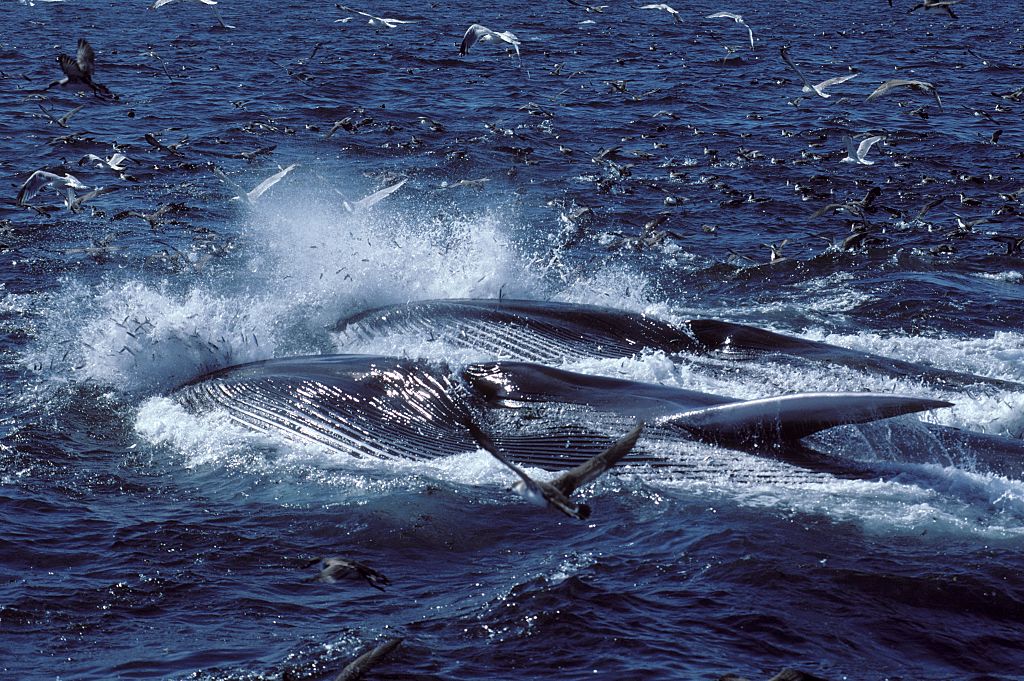
Some survivors would remember the days when harpoons were flying. A finback whale can live 80 to 100 years. The finback whale is as large as a ship and also as fast as one. Its streamlined body helps it torpedo through the sea at speeds up to 29 mph. Their great speeds were no match for whalers.
Galapagos Tortoise
The largest tortoise in the world, the Galapagos tortoise (Chelonoidis nigra) is one massive reptile. Known as the giant tortoise, at an average of 500 pounds, but with a record weight of 1,100 pounds, it lives up to its name. Amazingly, it gets to this huge size as a herbivore. What’s more amazing is how long a tortoise can live. A Galapagos Tortoise lives over 100 years, on average. Since this is their average lifespan, the reptile easily reaches ages nearing 200, and makes them one of the planet’s longest-living animals.
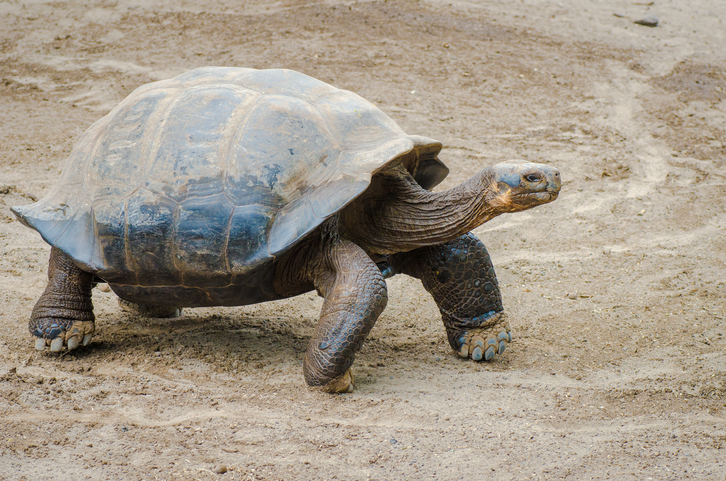
Harriet, a Galapagos tortoise who was, according to some accounts, collected by Charles Darwin during his 1835 expedition to the Galapagos Islands, lived at least 175 years. Harriet died in 2006 at the Australia Zoo. A Galapagos tortoise doesn’t reach maturity until it’s almost 25 years old. When they nest, females dig a hole about a foot deep and deposit baseball-sized eggs into the hole. And that’s it. The baby tortoise must dig their way out after hatching. It can take the little hatchlings up to a month! Fun fact: The scaly mug of a Galapagos Tortoise was the inspiration for Steven Spielberg’s E.T.
Pacific Ocean Perch
The Pacific Ocean perch (Sebastes alutus) is commonly found off the coast of British Columbia, but they have been spotted all the way down to California. Its numbers have recovered and are now high enough to be commercially fished. Though it is plentifully found, one thing that is unique about this fish is its lifespan. As a very slow growing fish that doesn’t mature until 10 years of age, can live to be 98 years old!
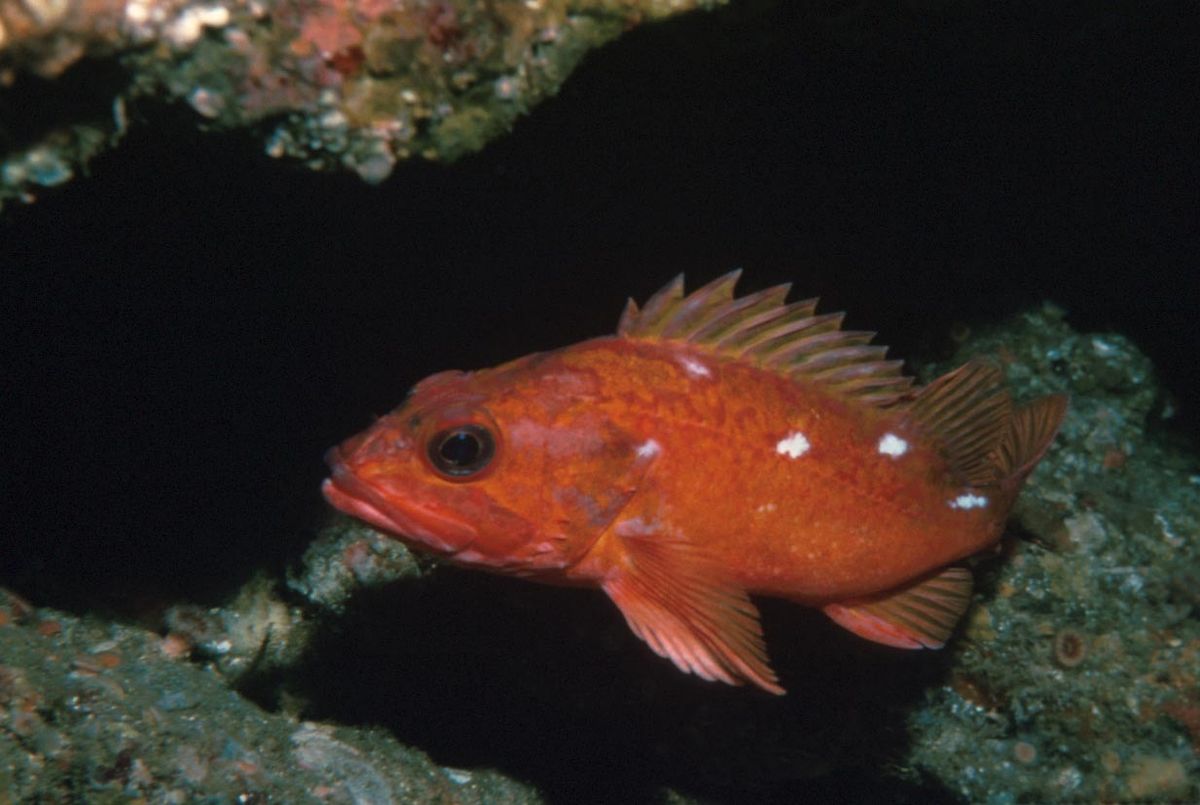
Pacific Ocean perch, from the rockfish family, grow to be 20 inches long and just 4 pounds. These smaller ocean fish prefer a deep-water lifestyle most of the year and are preyed upon by Sablefish, halibut and sperm whales. They are sweet, firm, low in fat, and high in Omega-3s.
Brandt’s Bat
For its size, the Brandt’s bat has an astounding lifespan. This tiny critter is the longest-living bat known. One of its kind from Siberia, that was tracked with bands in the early ’60s, lived 41 years. Others that were marked with bands lived in excess of 20 years. Since the longevity of mammals, in general, is based on their size, larger mammals living longer, Brandt’s bat is certainly an exception. The diminutive cave dweller, which has fur and is born of a live birth like all other mammals, is barely 2 inches in length and weighs a minuscule 8 grams. A hummingbird might match this bat ounce for ounce.
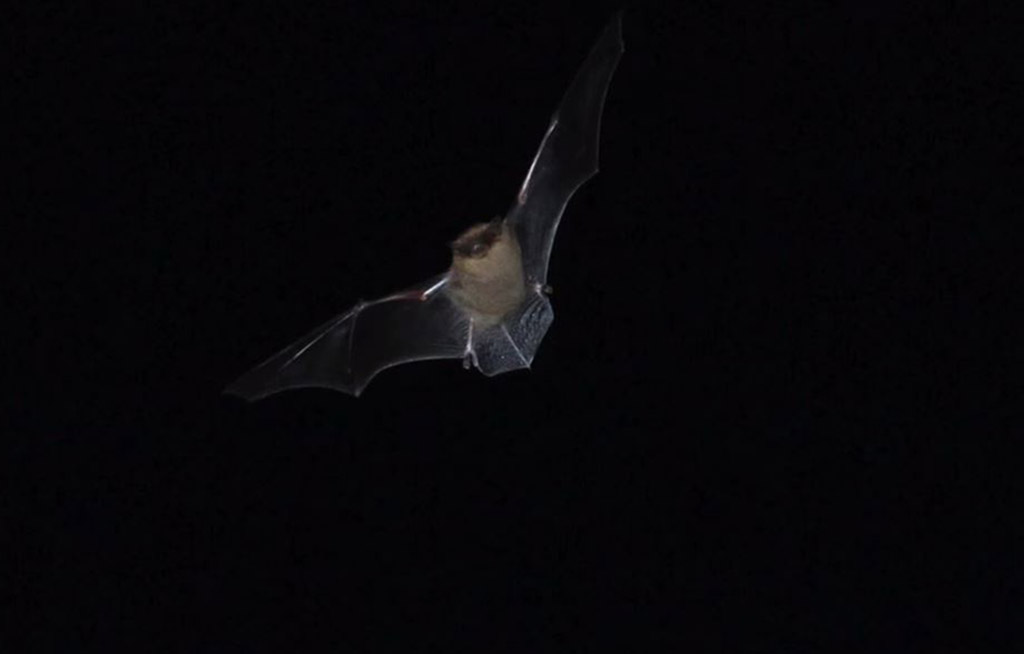
Scientists are studying the Brandt’s bat for its longevity. Specifically, they are looking at genetic adaptations that contribute to its longer lifespan to understand the genetic basis for why different species live longer.
Mollusk
Mollusca comprise ten different classes of animals. Mollusk without shells include squid, banana slugs and octopus. Clams, mussels, oysters, and scallops are some of its shelled critters. In all, mollusks make up over 100,000 different species.
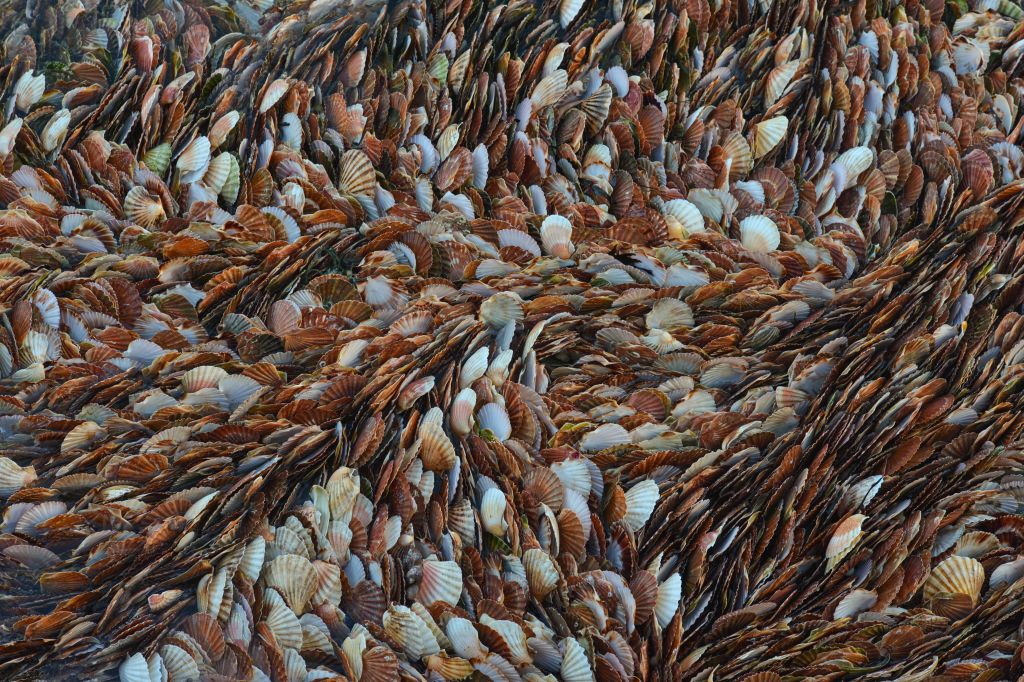
Its name comes from Aristotle’s description of this class of creature, he called them “the soft ones.” Fossil records show mollusks have existed for 500 million years, present in the Cambrian period during the Paleozoic Era. At least one mollusk is known to have lived 507 years.
Orca
Better known as the killer whale, the orca (Orcinus orca) is the largest member of the dolphin family, and, with no natural enemies, it is a vicious killing machine. Orcas are formidable predators at the top of the food chain. These intelligent carnivores are as large as a semi-truck and extremely powerful. Orcas hunt penguins, seals, sea lions, squids, birds, fish and even other whales. With four-inch-long teeth, they will sometimes snag a seal right off the ice.
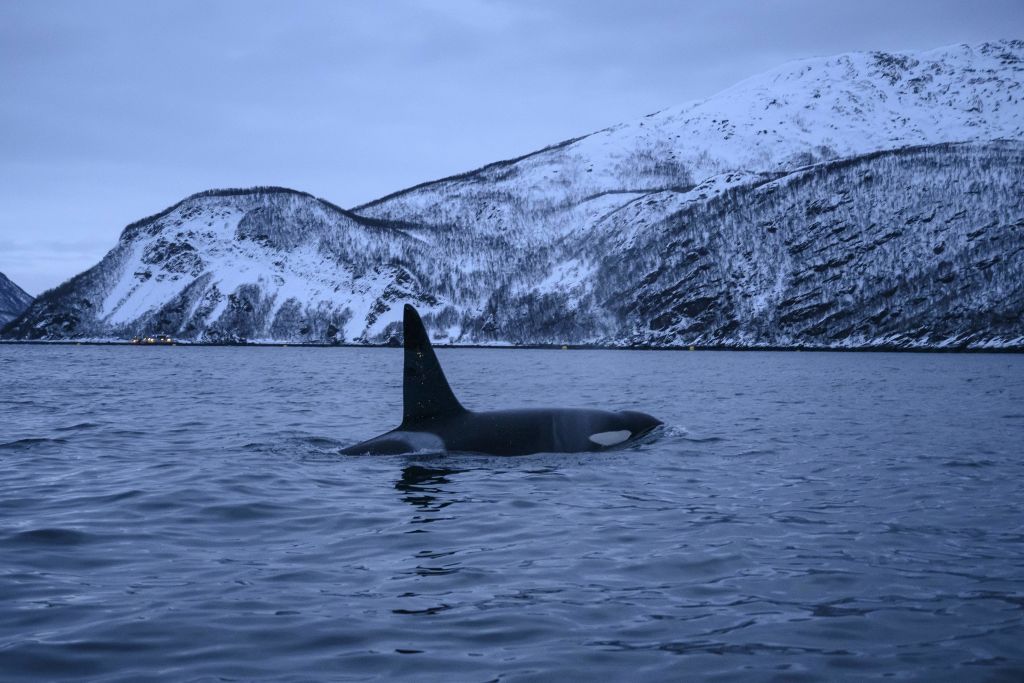
Orcas can live for 60 years. On average they only make it about 29 years in the wild. However, one male known as Old Tom, spotted first in the 1840s, lived for 90 years. Orcas live in families, or pods, and reach the reproductive age at 20. Females stop breeding around age 40 and can live for many years after that. Granny, an orca studied by researchers, was thought to be 80 to 105 years old. Orcas can be found from the polar regions to the equator, though they are often spotted in the Arctic and Antarctic.
Atlantic Halibut
The Atlantic halibut (Hippoglossus hippoglossus) is a large fish that can live to be 50 to 90 years old. The typical lifespan of this halibut is 25 to 30 years. The Atlantic halibut is a flat fish, making it look like it swims sideways, but with both eyes on the top of its head. As the largest of all flatfish, the Atlantic halibut can grow to 7 feet and weigh up to 720 pounds!
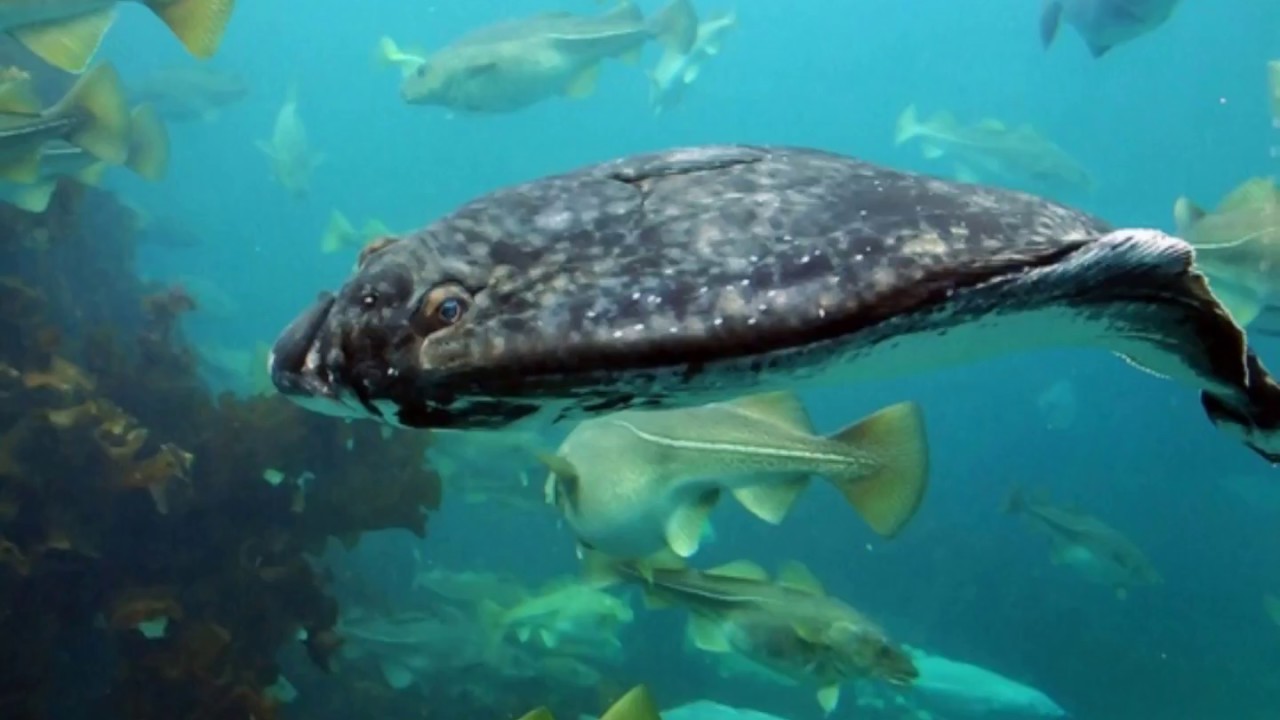
Due to its exquisite cuisine qualities, the overfished Atlantic halibut has become scarce and the fishery has collapsed. Found on both sides of the North Atlantic Ocean and in parts of the Arctic Ocean, its numbers have become so low that in 1996 it was rated “endangered” and put on the Red List for protection.
Kakapo
The kakapo (Strigops habroptilus) is severely endangered. Formerly New Zealand’s third most common bird, today only 154 are known to exist. Because the kakapo is such a fascinating feathered creature, it is the focus of many intensive conservation efforts.
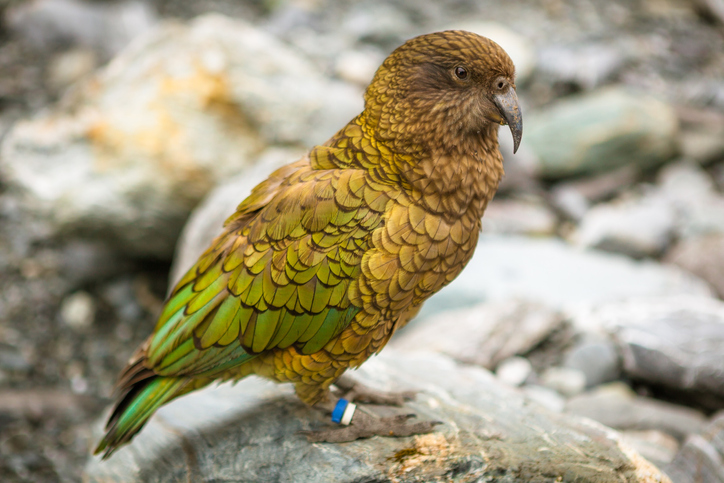
It’s a strange bird. It’s flightless. It’s a parrot. It’s an owl, well, it’s nocturnal. It’s also called an owl parrot. It lives on the ground and it’s the world’s only flightless parrot. It weighs 4 to 9 pounds, slightly more than the macaw. Surprisingly, it’s one of the world’s longest-living birds. The oldest kakapos live 120 years!
Eastern Box Turtle
An eastern box turtle’s high rounded carapace and bright coloring make it one of the cutest turtles and, so, a popular pet. Native to states like Kansas, Oklahoma, Texas and Florida, and the official state reptile of both North Carolina and Tennessee, they can also be found in most eastern states and as far north as Maine. Its conservation status is “vulnerable.” Wild eastern box turtles are captured by the thousands for pet store sales in South Carolina, the last state where it’s still legal.
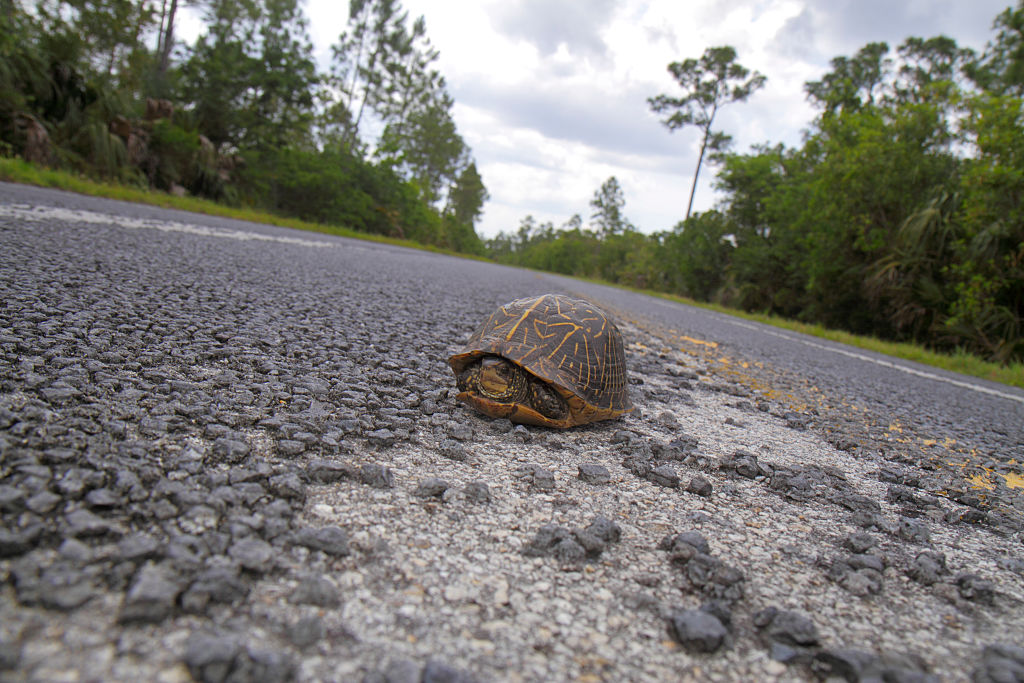
Caring for a box turtle requires continuous access to fresh water and foods such as worms, slugs, berries, flowers, mushrooms, and crickets. Captive eastern box turtles can die in three days without proper care. The eastern box turtle (Terrapene carolina carolina) has an incredible lifespan. This turtle can live over 100 years, and, in general, live beyond 50 years. As pets, there may need to be some arrangements made!
Humpback Whale
A humpback whale is the size of a school bus, but it’s a gentle giant feeding primarily on krill and other small fish it sucks in and traps in its baleen. It was hunted to the brink of extinction, down 90%, until the 1966 moratorium saved it. In 2008 its threat for extinction was lowered to “least concern.” Today, the greatest threat to humpback whales are collisions with large ships and becoming entangled in fishing equipment.
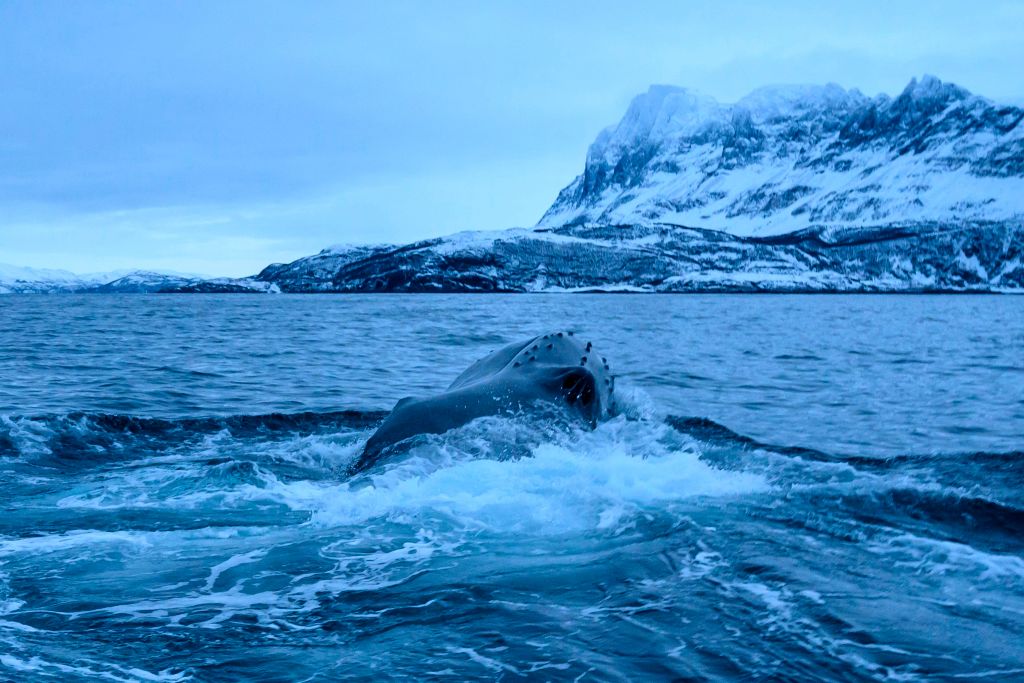
Humpbacks can live for a long time. On average, they live 80 to 90 years. They can be found throughout the world’s oceans. Amazingly, they migrate 5,000 miles per year to feed their young. They can be found from Alaska to Hawaii, and across the Atlantic Ocean from the Gulf of Maine to Norway. In California, whale watching is a popular activity, but the graceful beasts can also be viewed from the coast.
Blue and Yellow Macaw
This large South American bird is native to Central and South America. Its bold colors and loud vocalization skills define it. In the wild, macaws usually live 35 years. However, as a captive pet or in zoos they can live over 50 years. In 2011, a blue and yellow macaw was confirmed to be 112 years old! Since macaws are large parrots, you should be careful what you say around them.
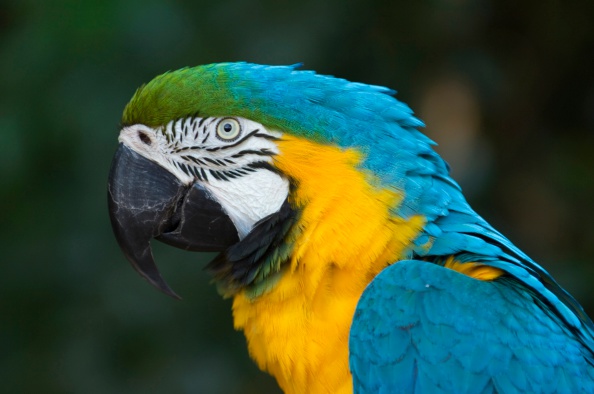
Also, taking in a macaw as a pet is a long-term commitment. Expect to have it for up to 60 years. They are extremely loud and infamously messy. These creatures are playful and curious. They’re very social and intelligent and have large vocabularies. They like attention. Macaws thrive on a variety of fruits and nuts. As the largest parrot in the world, blue and yellow macaws grow almost three feet long. In the wild, they live in flocks and use their loud squawks to communicate. Macaws mate for life.
Lake Sturgeon
Native to the Great Lakes, the Lake Sturgeon is its oldest and largest species. Similar to the white sturgeon, it gets very large and has smooth skin and raised ridges. However, the relatively smaller lake sturgeon grows longer than six feet and weighs up to 200 pounds. Lake sturgeon (Acipenser fulvescens) live extremely long. Some females reach 150 years. The oldest recorded lake sturgeon was 154!
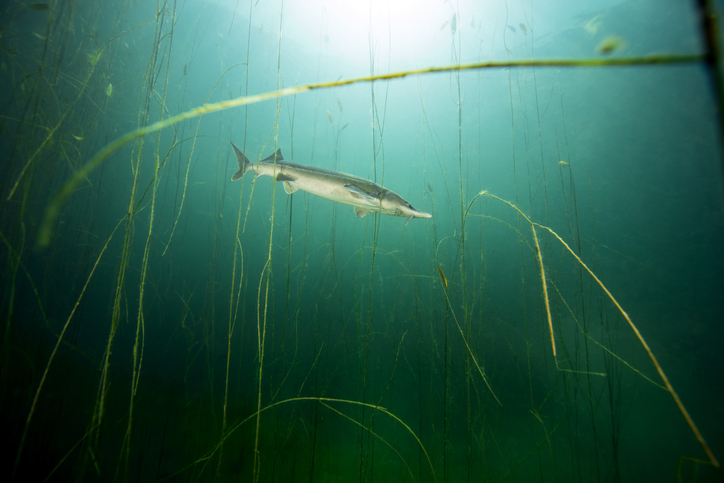
In the past, their populations were almost decimated from the Great Lakes. Overfishing and overharvesting for their caviar was the cause, but their numbers have increased in response to better management.
American Lobster
For a crustacean, lobsters are enormous! The American lobster (Homarus americanus) can grow to 25 inches in length and weigh up to 44 pounds. In 1977 the world’s largest lobster clocked in at 44.6 pounds. That’s the size of a small child. American lobsters, found in the Atlantic Ocean on the East coast from Canada to Jersey, are also the largest of all arthropods. Lobsters are super aggressive—you do not want to confront its sharp and powerful claws!
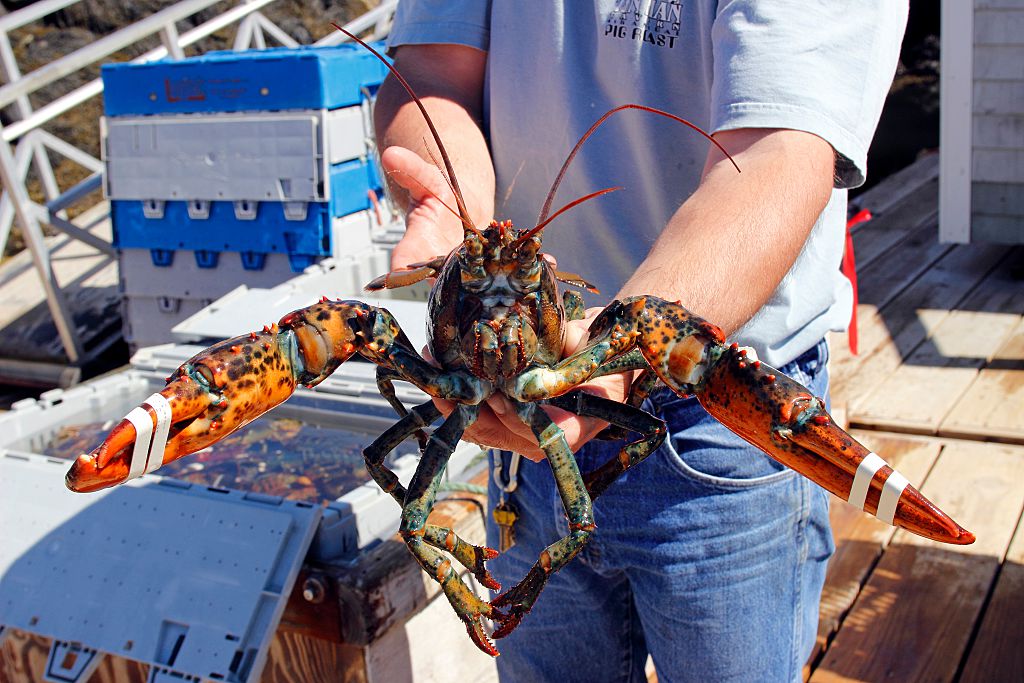
The world-record, 44-pounder’s claw were powerful enough to snap a man’s arm. But, with a side of drawn butter, they are delicious. (Every apology to our vegan readers). Having said that, lobsters are bottom-feeders which means they dine on mollusks, sea worms, starfish and shrimp; but, also mercury, pesticides, dioxins and other toxins that settle down there. Stay away from its green liver. A lobster can easily outlive a human. On average, lobsters will live 50 years. Left alone they may patrol the ocean floor for 100 years. It’s true! In 2009, a fisherman in Maine caught a massive specimen that was estimated to be 140 years old.
Ocean Quahog Clam
The only thing that might possibly live longer than a Greenland shark is this clam. In 2006, researchers discovered an ocean quahog clam specimen that was estimated to be 507 years old. The mollusk made it into the Guinness Book of World Records and was dubbed Ming, named after the Ming dynasty (1368 – 1644) which was in power when the clam first formed. The researchers used carbon dating and ring-counting to determine its age.
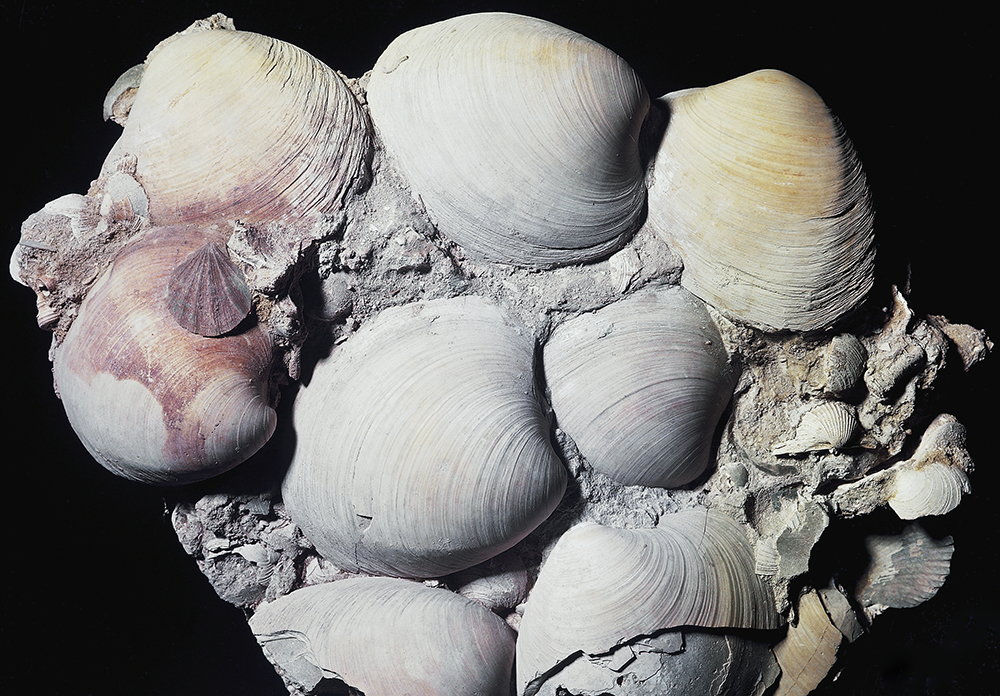
Unlike other clams that live just beneath the soil, ocean quahog clams (Arctica islandica) live deep down where they’re less susceptible to predators. These clams are one of the longest living organisms in the world and can live for at least 200 years. Most quahogs are three to four inches in size and grey in color. They are also known as Icelandic cyprine, mahogany clam, black quahog, and black clam.
Sea Sponge
This creature laughs in the face of a human lifespan. It outlives a person by more than 100 times! Even the amazing longevity of the hearty tortoise is a blip on the timeline compared with a sea sponge. These colorful organisms that are found ornamenting coral reefs, or any ocean floor surface, survive for a mind-boggling 2,300 years. Porifera, its scientific name, is a complex critter of the animal kingdom.
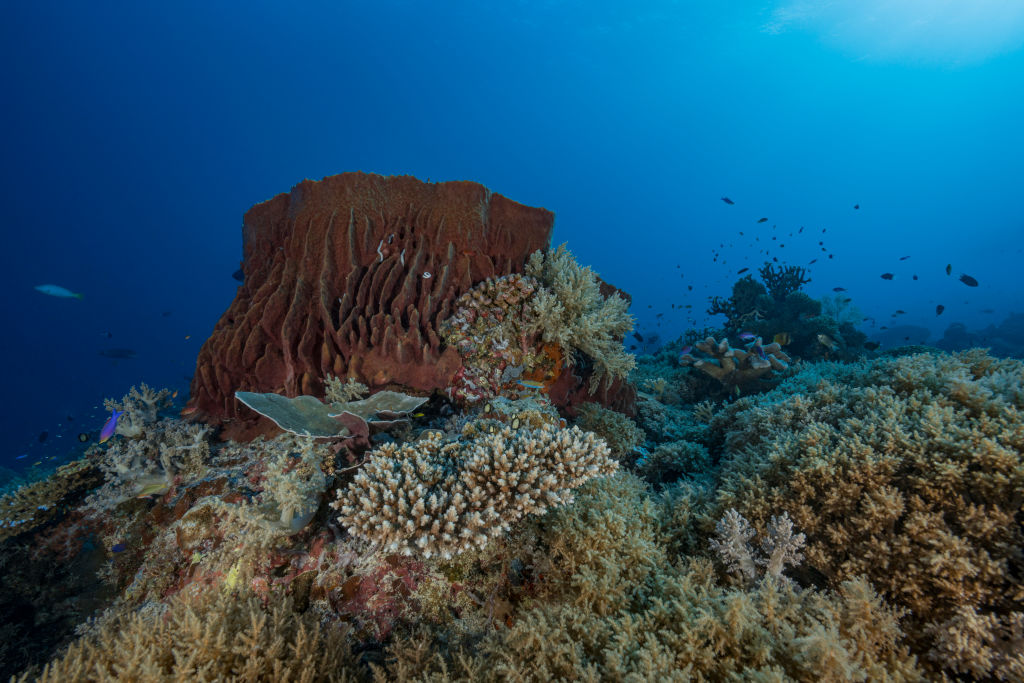
Though they are often written off as a plant because they don’t move and lack a nervous system as well as organs, they are a multicellular organism that consumes oxygen and food. Some sponges are even carnivorous. They come in all sizes, but the largest known sponge is as big as an SUV. It’s 12 feet long and 7 feet wide living just north of the Hawaiian Islands. It is, quite possibly, the world’s largest living animal.
Koi Fish
Koi fish (Cyprinus rubrofuscus) are actually a carp, as well as a distant cousin to the goldfish. People love to collect koi in outdoor ponds for their bright and pretty colors. On average, koi will live 20 to 30 years. But, Hanako, a koi born in 1791, lived for 226 years!

Koi can grow relatively large. The largest recorded koi fish was four feet long and weighed 91 pounds. Koi are vulnerable because their bright colors attract prey, but they are a durable species that can survive harsh climates and conditions. Interestingly, they are rather intelligent. Koi can be trained to respond to sounds or eat to out of hands. The koi fish is indigenous to Central Europe and Asia. They were first domesticated in East Asia and given their name which means “brocaded carp.”
Australian Lungfis
This fish can easily outlive a human, even a centenarian. However, most Australian lungfish live for about 25 years. One lungfish, called Granddad, held in captivity at Chicago’s Shedd Aquarium, lived to 80 years old. Granddad was an adult when it was collected in 1933. It died when the aquarium euthanized it in 2017.
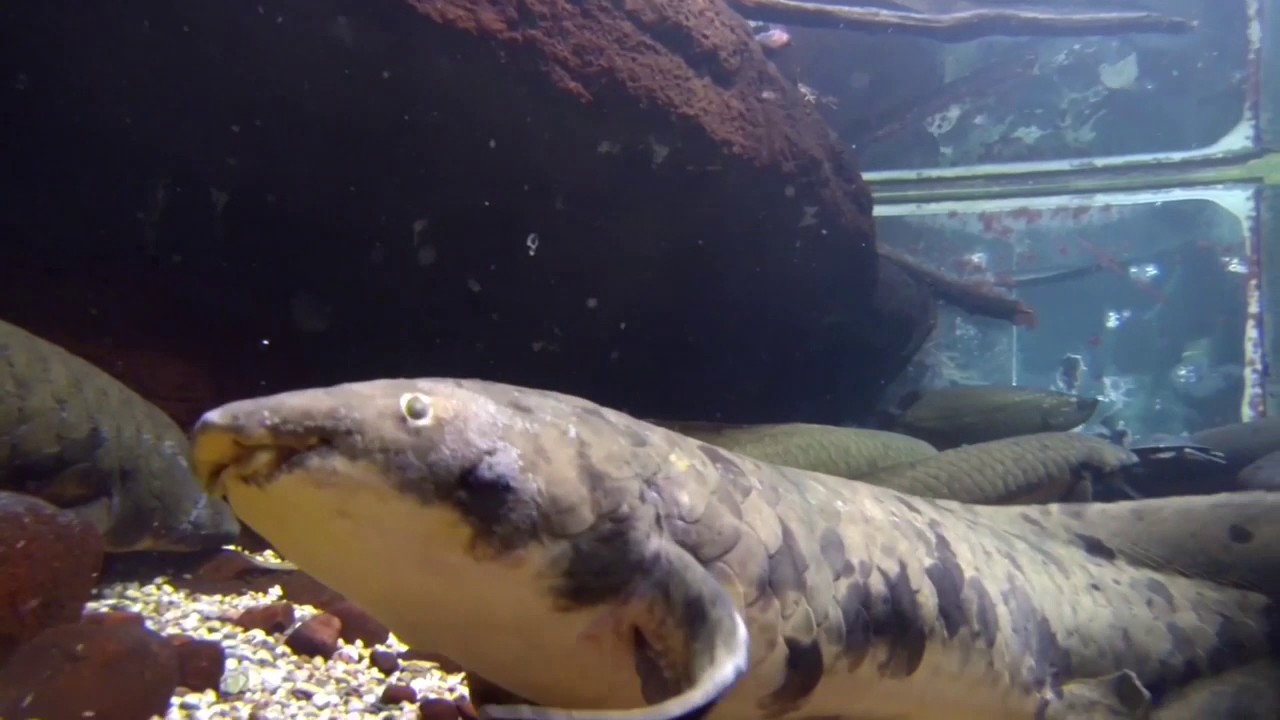
This species has been around forever. Quite literally, fossil records date the Australian lungfish (Neoceratodus forsteri) back 380 million years. This eel-like prehistoric species that swam the rivers while the dinosaurs roamed, has lived in its current form for 100 million years, making it one of the oldest living vertebrates on the planet. One unique aspect to its form is an extremely rare evolutionary trait, a single dorsal lung that allows it to breathe air, hence its name. Amazingly, the Australian lungfish can live several days out of the water. It is native to the rivers of Southeast Queensland.
Olm
This little guy is a salamander that can live more than 100 years! On average an olm (Proteus anguinus) lives 70 years. That’s one long-living amphibian! Its slithering snake-like body grows to only 12 to 16 inches in length. It lives in Central and Southeastern European underwater caves, and, like its cave-dwelling peer, it’s blind as a bat. Luckily, it’s exceedingly adapted to its dark habitat. So much so, that the olm’s other senses, especially smell and hearing, are extremely acute. Olm have lived in caves of Slovenia and Croatia for over 20 million years.
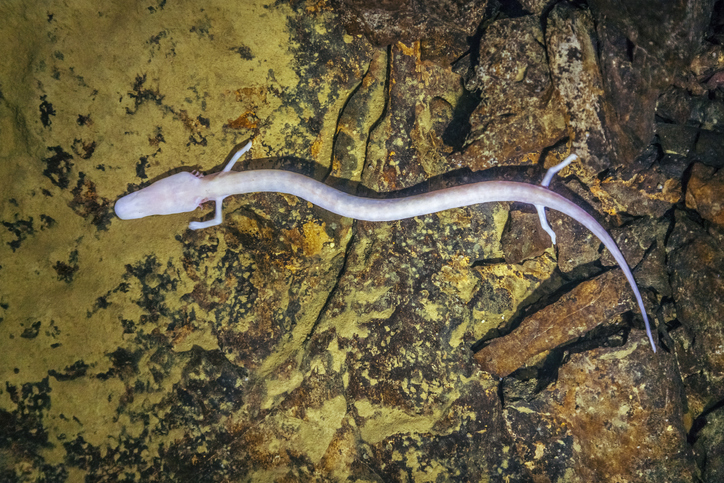
Recently, chemical pollutants have been leaching into the caves. Also damaging olm populations are black market species collectors. As a result, the olm is vulnerable to extinction. Like a frog, the olm matures from a tadpole, but like a fish, it never leaves the water. In the safety of dark underwater caves, the olm has few predators and feeds on small critters like worms, insects, larvae, and snails.
Tuatara
A tuatara is a singularly unique animal. Don’t call it a lizard, or a dinosaur, although its reptilian relatives have been dead a long time. Found in New Zealand, the closest genetic species is an extinct group of reptiles that existed during the prehistoric days of the dinosaur. Discovering the tuatara’s lineage in 1989 was like finding a living fossil. It comes from the Sphenodontia order, which had not been known to flourish since the Jurassic Age, about 200 million years ago. The last of the Sphenodontia species was thought to have died out 60 million years ago. And then they found the tuatara hiding out in burrows on offshore New Zealand islands.

Tuatara eggs can take up to 15 months to hatch. As an evolutionary trait, it’s not the best. Rats have plenty of time to eat them to extinction. But a mature tuatara can live to be 100 and can survive near-freezing temperatures. They are also able to remain active at cool temperatures, which gives them a reptilian edge. Interestingly, the hatchlings are born with a third eye, including a lens, retina, and cornea. Scales and pigment cover it by the age of six months. Like the marsupials found down under, these critters are marvelous.
Blue Whale
The blue whale (Balaenoptera musculus) is the largest creature to have ever graced the planet. It’s as large as an average ship and outsizes, even, the most gigantic of the extinct dinosaurs. It’s difficult to imagine how enormous these beasts of the sea are. Its massive heart, alone, can weigh as much as a small car. With a lifespan comparable to humans, the great blue will live 80 to 90 years average. The oldest blue whale lived 110 years. Scientists were able to calculate its lifespan based on ear wax buildup. It works sort of like the rings on a tree method, whereby, the layers of wax can accurately be counted to determine the whale’s age. Their diet is based on swallowing up huge schools of tiny krill. If they can find it, blue whales can devour four tons of krill a day. This is the extent of their hunting activity.
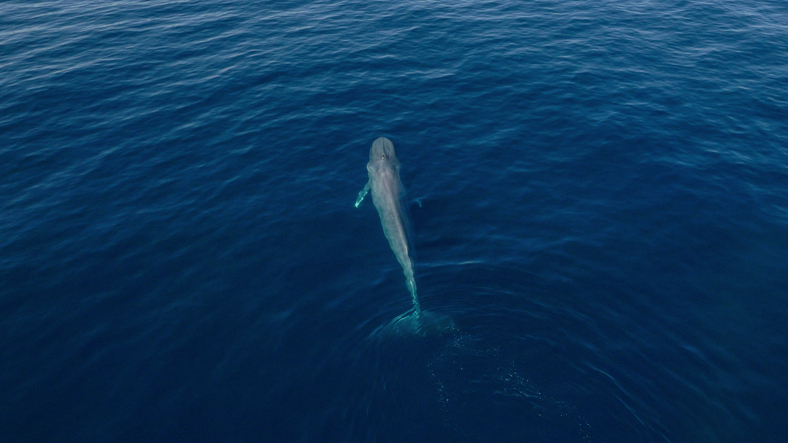
On the flip side, blue calves, even though they weigh 3 tons at birth, can fall prey to great whites and orcas. The only significant predator to the blue whale is hunting by man. Before bans on whaling were put in place, blue whales were very nearly exterminated due to 19th and, and especially, 20th century global whaling. The magnificent blues were harvested for various commercial purposes. Today they are considered endangered, although their numbers have risen to about 9,000.
Coral
Coral is an Anthozoa that live in colonies and form the vital reefs that sustain ocean ecosystems. Sometimes called the rainforests of the seas, coral reefs provide the primary habitat to more than a quarter of the ocean’s animals. Unfortunately, coral reefs are threatened. Excessive amounts of carbon dioxide, overfishing, and water pollution is causing bleaching, what happens when coral colonies die off. About 10% of the ocean’s reefs are dead, and 60% are at risk.
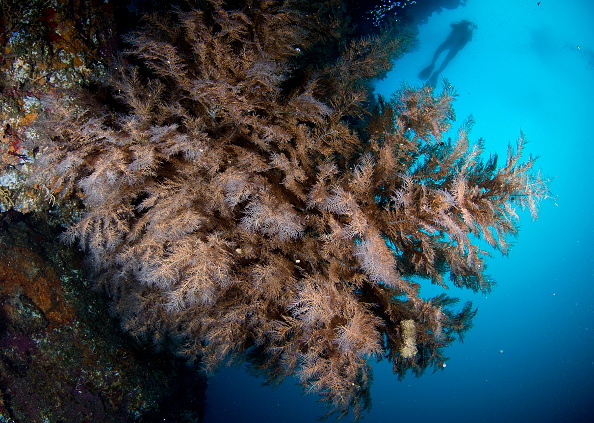
Coral is a prehistoric organism, and, luckily, like the sea sponge, it lives virtually forever. On average, coral reefs are 5,000 to 10,000 years old! Coral have a stomach and a mouth. The mouth is surrounded by stinging tentacles that suck in its food. They grow very slowly, about 1 to 8 inches per year. Coral reefs cover only about 1% of the ocean floor.
Yangtze Sturgeon
Also known as Darby’s sturgeon, Chiangjiang sturgeon, and river sturgeon, the Yangtze Sturgeon (Acipenser dabryanus) comes from the Yangtze River in China. Unfortunately, due to overfishing, dam construction, and pollution, this amazing fish is on the brink of extinction. Its species is 250 million years old, a contemporary of the dinos. Hopefully, it will overcome the harsh effects of modernity now that a recent experiment to breed the fish has been successfully completed.
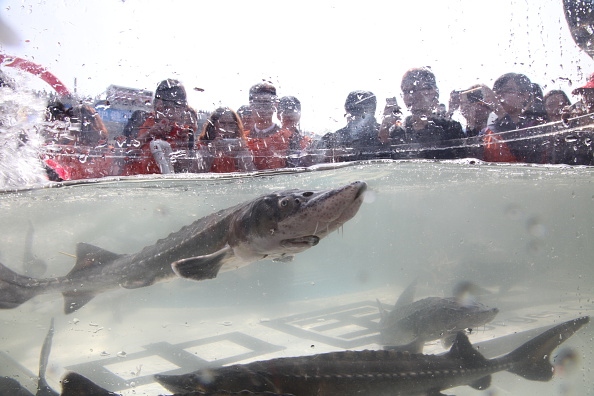
The Yangtze sturgeon can live an astounding 100 years feeding on aquatic plants and small fish. They can grow to a great length of 16 feet and weigh 200, to a jaw-dropping, 1,100 pounds. They are the world’s largest sturgeon.
Baird’s Beaked Whale
Beaked whales are average-sized whales that have a uniquely pointed, or beaked nose, similar in shape to a dolphin’s snout. These toothed whales grow to lengths of 13 to 43 feet and weigh up to 16 tons. The average lifespan for beaked whales is fairly long, 54 years for females and 84 years for males. Because of their preferred deep-sea habitat, less is known about beaked whales than other species.
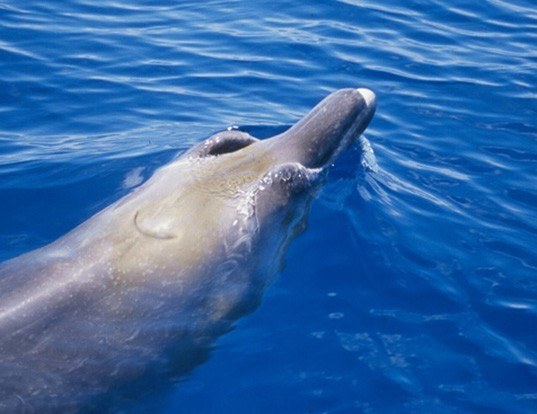
Beaked whales (Berardius bairdii) can be found living in schools in the cold waters of Alaska. They take long deep dives, plunging down for 11 to 30 minutes, even up to an hour or more, to gather their favorite seafood, such as sardines, crustaceans, sea cucumbers, squid, mackerel and octopus.
Spur-Thighed Tortoise
This tortoise, also known as a Greek tortoise, with the scientific name Testudo graeca, is an evolutionary champion. Existing since the Mesozoic era, about 220 million years ago, today the spur-thighed tortoise can easily live over 125 years! Some unverified accounts say this tortoise has reached 200 years.
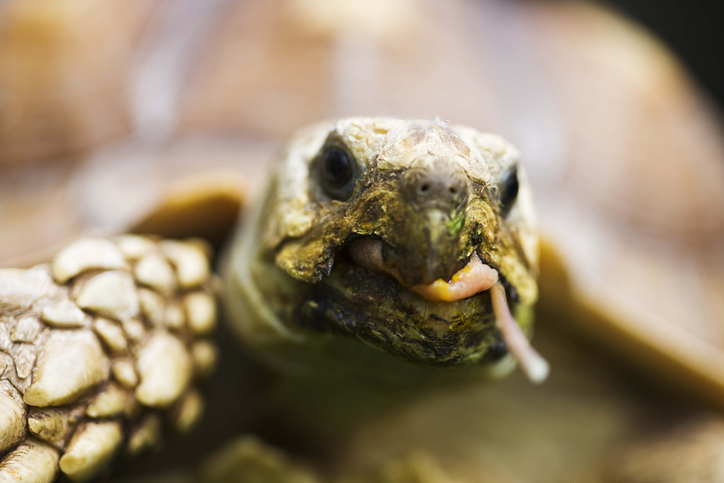
Many people keep this tortoise as a pet. The only problem is they require a lot of space and they can outlive you. Though they may seem low-maintenance because of their long hibernation periods, they do need specific housing and foods.
White Sturgeon
The White Sturgeon (Acipenser transmontanus) is a giant freshwater fish that can live 100 years. Growing to 20 feet long and clocking in at upwards of 1,500 pounds, this distinctive fish could easily be mistaken for a mythical creature on par with the Loch Ness monster. Its unique features add to its frightening appearance. Instead of a dorsal fin, the white sturgeon has a dense spiny ridge lining its back from head to tail. The strange bumps are reminiscent of a dinosaur’s back and could look alarming slicing across the water’s surface.
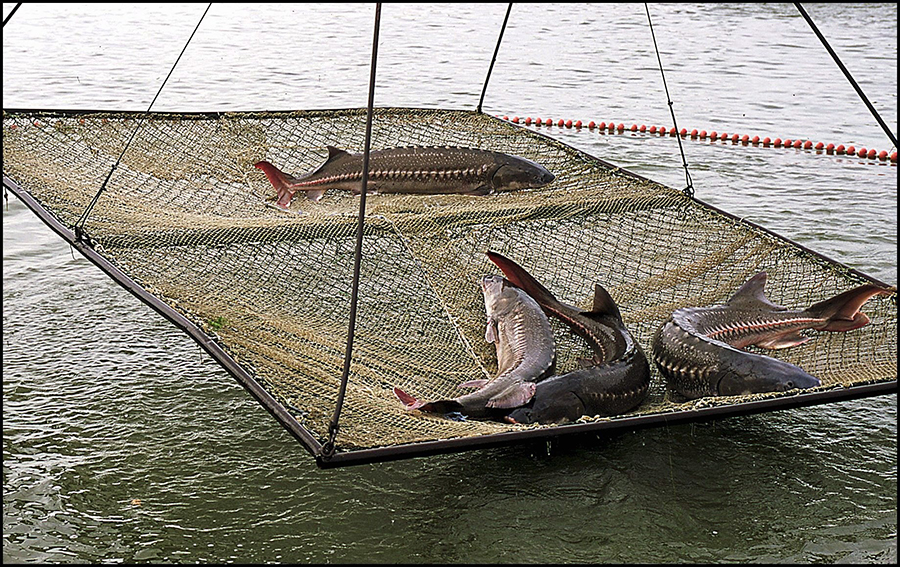
Amazingly, these river and lake leviathans, the largest freshwater fish in North America, can also live in the sea. They can be found in the Gulf of Alaska to Monterey, California. And their species has existed since the beginning of time. Sturgeons predate the T-Rex and are from the Cretaceous period. Their ancient background is why they look so unusual. Unlike most fish, the sturgeon lack scales and have shark-like skin and cartilaginous skeletons.
Humans
Humans are characterized by their ability to walk upright with bipedal locomotion. We also have all kinds of special adaptations compared to most animals. Complex speech, an opposable thumb, and the ability to use and create complex tools add to our survival rates. Our lifespan is relatively long. On average, a person can live for 79 years, but many people live much longer.

In fact, the U.N. estimated that, in 2002, there were 210,000 centenarians worldwide. But a new study says one in three born today will make it to their 100th birthday. By 2050, it’s estimated that worldwide centenarians will jump to 3.7 million. While living past the age of 100 is not completely common today, there are some who have lived well past 100. The record for the oldest human lifespan goes to Jeanne Calment, a woman from France. She lived for 122 years and 164 days.

Training Techniques That Will Make Your Dog the Perfect Companion

Old Photographs Of US Presidents And Their Pets

Different Types of Training for Dogs

A Kittens Sweet Tribute to Her “Daddy”

5 Advantages Of Owning A Cat

All You Need To Know About Bull Dogs
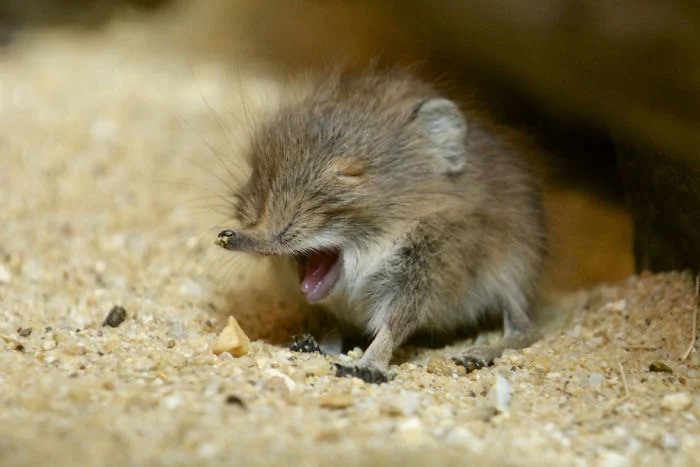
Elephant Shrews Have Been Rediscovered in Africa After Disappearing for 50 Years

These Hilarious Animal Photobombs Will Have You on the Floor Laughing
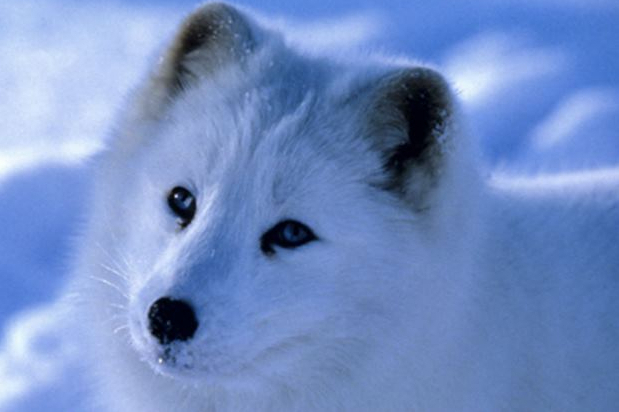
Fishermen Found Amazing Discovery On Iceberg

The Perfect Dog Breeds For Pensioners Part 2









